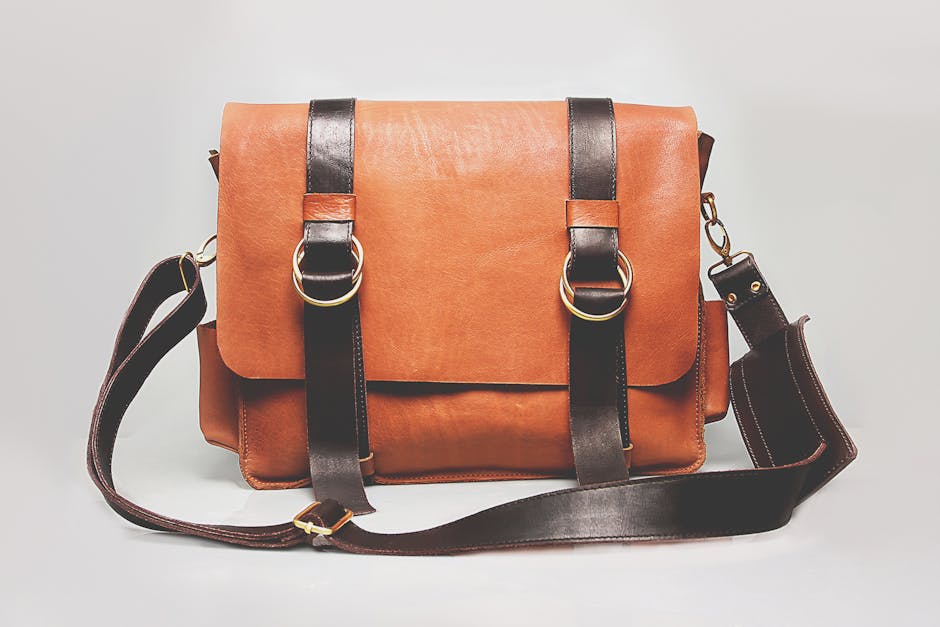Indoor Decorating Mistakes to Avoid If You Want a Polished and Cohesive Look
Introduction
Creating a polished and cohesive interior design can feel daunting. It’s easy to get caught up in trends or fall victim to common decorating mishaps that ultimately detract from your space’s overall aesthetic. This article highlights crucial indoor decorating mistakes to avoid, ensuring your home reflects a thoughtfully designed and harmonious environment.
Main Sections: Common Decorating Mistakes and How to Fix Them
Mistake #1: Ignoring Scale and Proportion
One of the most frequent errors is using furniture that’s either too large or too small for the room. Incorrect scale disrupts visual balance and makes the space feel awkward.
- Too-Large Furniture: Oversized pieces overwhelm the room, making it feel cramped and claustrophobic.
- Too-Small Furniture: Tiny pieces get lost and create a sense of emptiness.
The Fix:
- Measure, Measure, Measure! Before buying anything, meticulously measure your room and furniture dimensions.
- Consider Traffic Flow: Ensure enough space for comfortable movement around furniture.
- Use Painter’s Tape: Outline furniture dimensions on the floor to visualize the space it will occupy.
Mistake #2: Poor Lighting Choices
Lighting is critical for setting the mood and highlighting your décor. A poorly lit room can feel unwelcoming and unappealing.
- Relying on a Single Overhead Light: This creates harsh shadows and a flat, uninteresting atmosphere.
- Ignoring Natural Light: Blocking natural light with heavy curtains or improper window treatments.
- Using the Wrong Bulb Temperature: Mixing warm and cool light can create an unsettling ambiance.
The Fix:
- Layer Your Lighting: Incorporate ambient (general), task (focused), and accent (decorative) lighting.
- Maximize Natural Light: Use sheer curtains or blinds to allow natural light to filter through.
- Choose Consistent Bulb Temperatures: Stick to warm (2700-3000K) or cool (3500-4000K) lighting throughout a room for a cohesive feel.
Mistake #3: Neglecting Color Palette and Cohesion
A haphazard approach to color can lead to a disjointed and visually chaotic space. Lack of a cohesive color scheme results in an unharmonious feeling.
- Using Too Many Colors: An overwhelming number of colors can make a room feel busy and disorganized.
- Ignoring the Room’s Existing Features: Failing to consider existing elements like flooring, cabinets, or architectural details.
- Not Testing Paint Colors: Choosing paint colors solely based on a chip or online image.
The Fix:
- Choose a Limited Color Palette: Select a primary color, a secondary color, and an accent color.
- Consider the Room’s Undertones: Analyze the undertones of existing elements (warm, cool, neutral) and choose colors that complement them.
- Sample Paint Colors: Paint large swatches on the wall and observe them in different lighting conditions before committing.
Mistake #4: Over-Accessorizing and Clutter
While accessories add personality, too many can create clutter and detract from the overall design. A cluttered space feels stressful and uninviting.
- Displaying Too Many Knick-Knacks: Overloading surfaces with small, unrelated items.
- Failing to Edit: Hanging onto items out of sentimentality rather than their aesthetic value.
- Ignoring Storage Solutions: Lack of adequate storage leading to items being left out in the open.
The Fix:
- Less is More: Edit your accessories and display only your favorite and most meaningful pieces.
- Create Vignettes: Group accessories in intentional arrangements to create visually appealing displays.
- Invest in Storage Solutions: Use shelves, cabinets, and baskets to keep clutter out of sight.
Mistake #5: Hanging Artwork Incorrectly
The placement of artwork can significantly impact the overall look of a room. Hanging artwork too high or too low can throw off the visual balance.
- Hanging Artwork Too High: A common mistake that makes artwork feel disconnected from the furniture and the rest of the room.
- Ignoring Scale: Using artwork that’s either too large or too small for the wall.
- Not Considering Eye Level: Failing to hang artwork at a comfortable viewing height.
The Fix:
- Hang Artwork at Eye Level: The center of the artwork should be approximately 57-60 inches from the floor.
- Consider the Scale of the Wall: Choose artwork that’s proportionate to the size of the wall.
- Use a Level: Ensure the artwork is hung straight.
Conclusion
By avoiding these common indoor decorating mistakes, you can create a polished, cohesive, and inviting home that reflects your personal style. Careful planning, attention to detail, and a willingness to edit will help you achieve a space that is both beautiful and functional. Remember to focus on creating a harmonious environment that you enjoy spending time in.














Post Comment